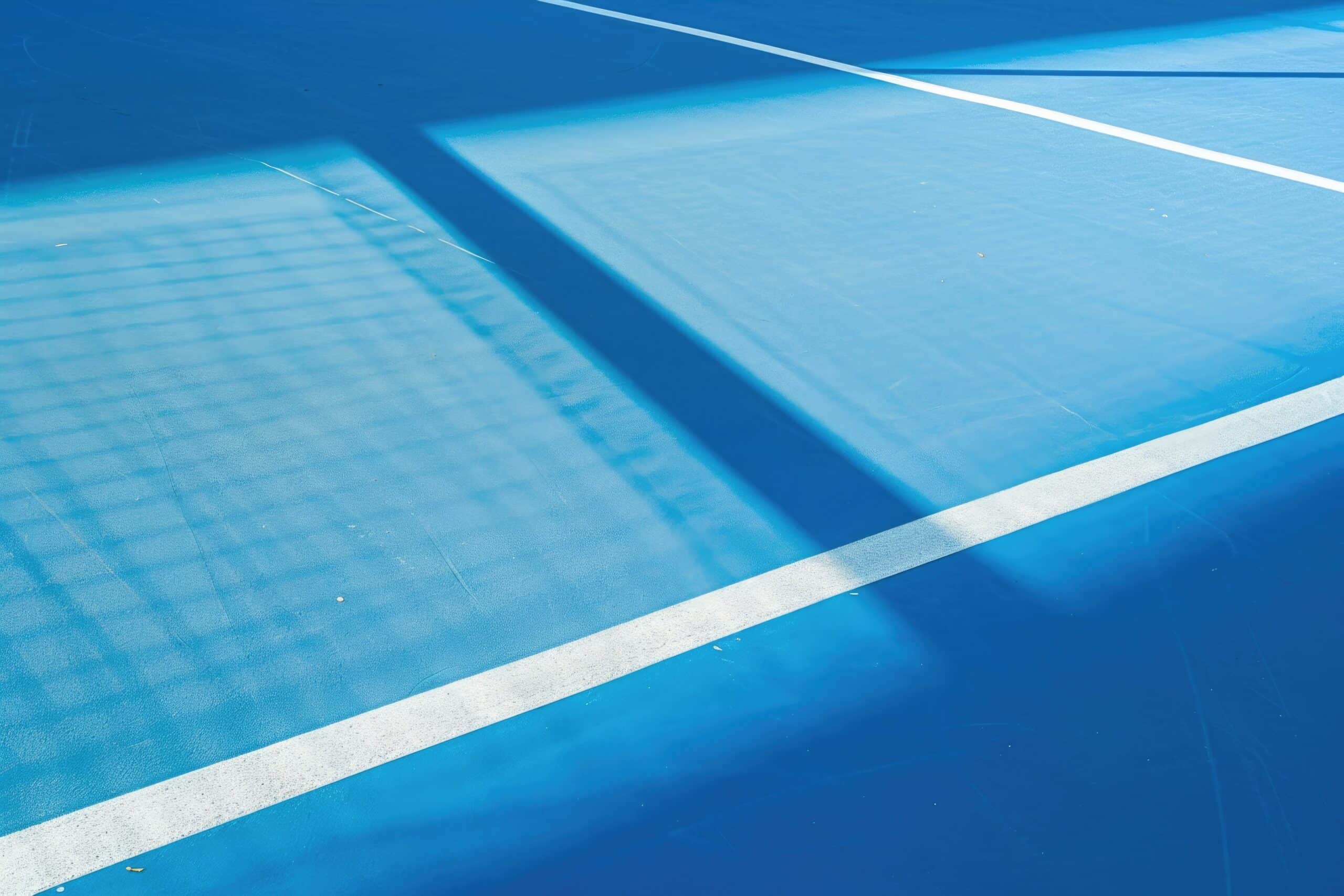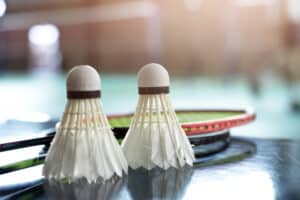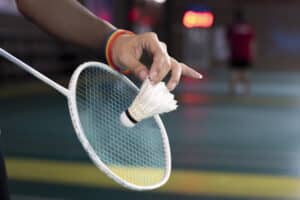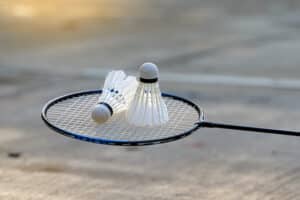How to Light an Outdoor Badminton Court
Key Takeaways
- The benefits of LED lighting for outdoor badminton court lighting include high-quality illumination, energy efficiency, and a long lifespan.
- Choosing the right lighting setup involves considering the size of the court and the level of illumination required, with LED floodlights recommended for larger courts and LED spotlights recommended for smaller courts.
- Proper light distribution is essential for uniform lighting and minimal glare, with floodlights mounted at a height of 20 to 30 feet and angled downwards, and spotlights mounted at a lower height of 10 to 15 feet.
When it comes to outdoor badminton court lighting, there are a few key factors to consider. The right lighting setup can greatly enhance the playing experience, ensuring optimal visibility and performance for players. In this article, we will explore the best practices for lighting an outdoor badminton court, focusing on the use of LED floodlights and spotlights.
The Benefits of LED Lighting
LED lights have become the preferred choice for outdoor badminton court lighting due to their high-quality illumination, energy efficiency, and long lifespan. LED sports lighting, including floodlights and spotlights, offer superior brightness, reduced glare, and improved lighting uniformity compared to traditional metal halide lamps.
LED floodlights and spotlights provide focused illumination on the court area without causing glare for players. This ensures that players have optimal visibility and can perform at their best. Additionally, LED lights have a longer lifespan, reducing maintenance costs and the need for frequent bulb replacements.
Choosing the Right Lighting Setup
When selecting outdoor badminton court lighting, it is important to consider the size of the court and the level of illumination required. LED floodlights and spotlights come in various wattages and beam angles, allowing for customization based on specific needs.
For larger outdoor courts, LED floodlights are an excellent choice. These lights can easily illuminate large areas with their wide beam angles and high lumen output. Floodlights are typically mounted on poles or structures surrounding the court, providing even lighting across the entire playing surface.
For smaller outdoor courts or areas that require more focused lighting, LED spotlights are recommended. Spotlights offer a narrow beam angle, allowing for precise illumination on specific areas of the court. These lights can be strategically positioned to avoid casting shadows and provide optimal visibility for players.
Ensuring Proper Light Distribution
Proper light distribution is essential for an outdoor badminton court to ensure uniform lighting and minimize glare. To achieve this, it is important to position the lights at the correct height and angle.
For floodlights, the recommended mounting height is typically between 20 to 30 feet. This height allows for optimal distribution of light across the court without causing excessive glare. The lights should be angled downwards at an angle of around 30 degrees to minimize shadows and provide even illumination.
Spotlights, on the other hand, should be mounted at a lower height, around 10 to 15 feet. This lower positioning allows for more focused lighting on specific areas of the court, such as the net and playing lines.
Energy Efficiency and Cost Considerations
LED lighting is not only beneficial in terms of performance but also in terms of energy efficiency and cost savings. LED lights consume significantly less energy compared to traditional lighting options, resulting in lower electricity bills.
Furthermore, LED lights have a longer lifespan, reducing the need for frequent bulb replacements and maintenance costs. While the upfront cost of LED lights may be higher, the long-term savings in energy and maintenance expenses make them a cost-effective choice.
Conclusion
When it comes to lighting an outdoor badminton court, LED floodlights and spotlights are the preferred options. Their high-quality illumination, energy efficiency, and long lifespan make them ideal for providing optimal visibility and performance for players.
By choosing the right lighting setup, ensuring proper light distribution, and considering energy efficiency, you can create an outdoor badminton court that is well-lit and enhances the playing experience.
Related Websites:
FAQs:
Q: What are the recommended brightness requirements for outdoor badminton courts?
For optimal visibility, it is recommended to have illuminance levels of at least 200 lux on outdoor badminton courts. Different types of lighting fixtures suitable for outdoor courts include LED floodlights and high-intensity discharge lamps.
Q: How can I ensure even distribution of light on an outdoor badminton court?
To ensure fair gameplay, it is important to determine the size and layout of the court accurately. Additionally, choosing lighting fixtures with appropriate shielding can help reduce glare. Considering the impact of lighting on neighboring areas is also crucial.
Q: What are the recommended lighting techniques for outdoor badminton courts?
Utilizing overhead lighting with properly placed and angled lights is essential for optimal coverage. Floodlights or high-intensity discharge lamps can also be considered. Incorporating sideline lighting along the sides of the court enhances visibility during fast-paced gameplay. Balancing ambient lighting with overhead and sideline lighting can further improve visibility.
Q: Why should I choose LED lighting options for outdoor badminton courts?
LED technology offers benefits such as energy efficiency and longevity. LED fixtures are also cost-effective in the long run due to their lower maintenance and replacement costs.
Q: How can I maximize energy efficiency for outdoor badminton court lighting?
Implementing motion sensors or timers can minimize energy consumption during periods of low usage. By automating the lighting system, you can maximize energy efficiency and reduce unnecessary energy consumption.






